Fungi play a considerable role in the deterioration of cultural material. Climate change predictions suggest that the future of the environment will exhibit a range of new conditions from increasing temperatures and relative humidity (RH) to rising sea levels. Resultant changes to indoor environments will put organic collections at increased risk of biodeterioration by fungi.
Environmental control is the preferred and often most appropriate response in the prevention of biodeterioration of cultural materials. For immovable heritage objects housed under conditions where temperature and humidity favour the process of bio-decay and where environmental control is impossible or compromised such as unheated historic buildings, small regional museums and areas of extreme climate, chemical-based biocide treatments are often assessed as the best conservation treatment option available.
Unfortunately, the potential for treatment damage, and the significant adverse environment and personal health implications of using chemical biocides are a major consideration in their use. Therefore, investigation into, and development of less invasive and less toxic treatment
methodologies are sought.
Initial Tests - Australia
In researching alternative methods of bio-deterioration remediation, preliminary investigations into the suitability of the biocide STERI-7 as a treatment to remove and control fungal growth from a range of heritage artifacts were undertaken.
Materials
STERI-7 S-7XTRA is a water dispersed broad-spectrum biocide, made for use as a surface cleaner disinfectant and is ‘highly effective against bacteria, viruses, spores, fungi and mould. It kills many of the most dangerous microorganisms including pathogens such as Norovirus, SARS (including COVID-19), E.Coli, Salmonella, Listeria, Legionella and other fungal, bacterial and viral pathogens while being harmless to other organisms plus, due to its patented ‘Reactive Barrier Technology’ provides further protection against subsequent contamination and re-colonisation.
STERI-7’s Reactive Barrier Technology is a specialised micro emulsion which provides a ‘sustained release system’. For fungi to reproduce, they must contain moisture. When STERI-7 is left to dry on the surface after cleaning, a barrier is created which reactivates in the presence of even microscopic amount of moisture. This barrier has been shown to remain viable for up to 18 months
Methods
STERI-7 is available in a variety of formats from a ready to use spray (RTU), impregnated cloth wipes and as a bio-mister to concentrate. Experiments were undertaken on study collection pieces to develop a series of techniques using the biocide to remediate mould from a range of materials. The technique and concentration adopted depended on the conditions, and the materials of which the object was made. Techniques varied from simply swabbing or wiping with the RTU spray or wiping with the RTU impregnated wipes to full immersion in a STERI-7
solution.
A variety of objects were chosen, comprising a wide selection of materials. Each was treated with STERI-7 in a different method:
• RTU wipes
• RTU spray with microfiber cloth
• Full immersion in 20% concentrate dispersed in water
The results showed that the mould remediation trials were successful. All the materials that were treated with STERI-7 via a variety of methods were, 6 months later, still showing no signs of re-growth, when in some cases the existence of mould on the control pieces and the surrounding areas was extensive. It could therefore be concluded that STERI-7 was effective against the specific types of mould found in these instances.
Although these objects were housed in varied environmental conditions, all the scenarios tested were of elevated temperature and RH.
In order to achieve a wider selection of results, it was important to test the efficacy of STERI-7 under different environmental conditions and in ‘real scenarios’ rather than on objects in storage.
Tess Evans ACR - Tess completed a Post Graduate Diploma in Textile Conservation and a three-year apprenticeship in Tapestry Conservation at the Textile Conservation Centre, London (1984) and went on to become Deputy Head of the Textile Conservation Centre Tapestry Department for
three years, before moving in Australia in 1987.
Since that time, she has worked primarily in private practice in Australia and Internationally, establishing Heights Heritage Conservation in 2005 where she is the Principal and Senior Conservator and became accredited with AICCM in 2012.
In 2011 Tess began a two-year sabbatical in UK, pursuing her research interest in biodeterioration of cultural materials and received an MSc with Merit in Museum Studies from Leicester University in 2014. During this time, she completed her ICON Accreditation and Lectured for the BA course in conservation at the Camberwell College of Art, University of London.
Today, Tess heads up Heights Heritage Conservation in Sydney NSW and recently completed a remediation project for NSW Heritage Trains using various methods of application of S-7XTRA.
Case Studies – UK -Two historic buildings open to the public were chosen as case studies to reflect different indoor environments:
The Historic House, Knole near Sevenoakes in Kent (The National Trust) as a representative of a typical unheated interior, with substantial mould issues on the wall interiors and highly significant paintings on canvas.
The Secret War Tunnels at Dover, UK (English Heritage) are a network of chalk-cut tunnels deep beneath the castle, close to the south-east coast of Britain, and contain a social history collection including costume, maps, books, furniture, and The Underground Hospital. This site was chosen, as the extent of mould growth requires a current, exhaustive, and unsustainable cleaning protocol.
Knole House - A particularly badly affected area of wall in the servant’s corridor off the Leicester Gallery was chosen as the test site. The aim of the project was to monitor the biocide’s effectiveness, how quickly the mould returned and the effects on the painted wall surface. Mould samples were collected and cultured for use in identifying the fungal species present. These were found to be Aspergillus sp. and Penicillium sp.
Dover Castle - Within the famous white cliffs of Dover, deep beneath the castle and safe from bombardment, lies a network of chalk-cut tunnels. First excavated over 200 years ago, when Britain faced the threat of French invasion, to provide barracks for the troops quartered there.
Now cared for by English Heritage, the site is presented in its most significant history as the Secret Wartime Tunnels and contains a social history collection, the Military Hospital and Operations Centre.
A small selection of objects on permanent display were chosen that were continually being affected by extensive mould growth: the underside of the operations table, a set of Bentwood office chairs and a pair or newspaper stands. Samples of the growth were isolated and identified as Aspergillus sp.
A simple, non-toxic, easy clean-up solution was sought by the conservation staff that could be continued to be used post trials, if successful. Therefore, STERI-7 RTU Wipes were used on all the objects.
Results
These two trial sites were observed for twelve months and the evidence of mould re-growth evaluated.
At Knole house in areas not treated with STERI-7 there was evidence of some mould reoccurrence after six months, and significant growth after 12 months.
However there has been no mould growth in any of the areas cleaned with STERI-7, regardless of the method used. The environmental conditions were monitored throughout the period and no significant changes to the normal fluctuations were seen, suggesting that it is STERI-7’s Reactive Barrier that has controlled the repatriation of mould in the test area.
At Dover, there has been a slight overall reduction in the occurrence of mould on objects on display in the tunnels, with those treated with STERI-7 showing significantly less growth than the objects cleaned with brush/vacuum. With the extreme environmental conditions within the tunnels, it may be impossible to permanently prevent mould from repatriating the objects, but the STERI-7 treatment has so far dramatically increased the time between outbreaks and hence the cleaning schedule has been extended from weekly to monthly.
Discussion
From the trials undertaken so far, it is evident that STERI-7 does eradicate the fungal growths identified, from the surface of the heritage objects tested. The projects at Knole House and the War Tunnels at Dover are on-going now using STERI-7 XTRA, a new improved formulation, and I am continuing to monitor the fungal growth in the two case studies. In addition, accelerated aging tests are being carried out and it is hoped that they will provide further information on the long-term effects of STERI-7 XTRA on cultural collections.
Conclusion
Mould is ubiquitous. Fungi and the enzymes they produce play a tremendous role in the deterioration of cultural material. This is true for museum objects and monuments as well as historic interiors in all climate zones of the earth.
Allowing fungal growth therefore can have an extremely deleterious effect upon the condition and ultimately the longevity of our cultural heritage.
Once an object is in a collection every effort should be made to ensure its survival. It is widely understood that the environment is critical for the preservation of historic collections and interiors; if the environment is unsuitable, it can create an increased risk of damage. Typically, the indoor environment is thought to be more stable than the outdoor environment but often the most significant, sensitive, and valuable collections are displayed indoors. Historic houses and small regional museums, with collections on open display, often have room environments with less control than air-conditioned museums. Thus, such collections are vulnerable to changes in the outdoor environment. The future outdoor environment is projected to change thereby increasing the prevalence of mould and risk of damage.
Traditional, non-hazardous methods of mould removal may well be unable to cope with this increase in fungal activity and both historic and current fungicidal remediation strategies are either potentially hazardous to the objects themselves or to the individuals handling them.
The research carried out for this paper has investigated the potential of STERI-7, a commercial biocide, for use as an inexpensive and easy to apply solution to this growing problem.
The results to date are very positive however further research is needed into the ‘Reactive Barrier Technology’ and whether it is this that is reducing the repatriation of the fungi, how long the barrier can remain active, thereby preventing mould growth and what the long-term effect of the product on the treated surfaces and materials. Although it is evident from the trials and case studies that the product efficiently kills Aspergillus sp. And Penicillium sp, moulds prevalent in the British temperate climate and the Australian temperate and subtropical climates, further investigations are required into whether it would be as successful at killing other species that are present in different, more extreme climates, such as the tropics or Antarctica.
Acknowledgements: I would like to thank David Thickett and Wendy Richards (English Heritage), Dr jane Nicklin (University College London), Siobhorn barratt(National Trust), Sarah-Jane Brazil (Office of Rail Heritage), David Masel (Australian’s Stockman’s Hall of Fame), Nerida Campbell (Historic Houses Trust) and James Fraser (STERI-7) for their collaboration and ongoing support with the research.
STERI-7 XTRA is a combination of existing and well-known ingredients combined together in a new way which makes them more effective. This means it’s based on materials which are tried, trusted and have already received regulatory approval.”


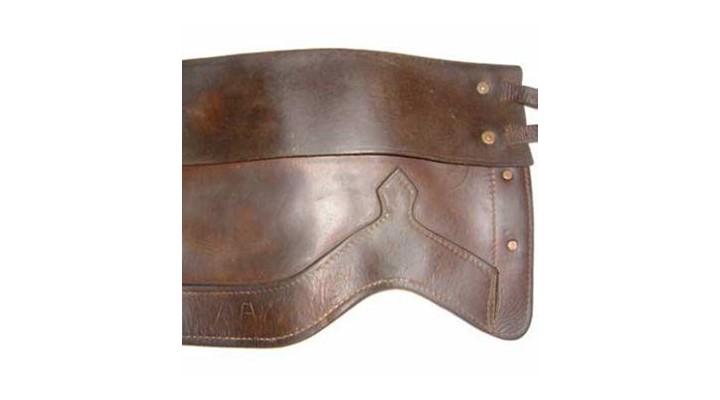
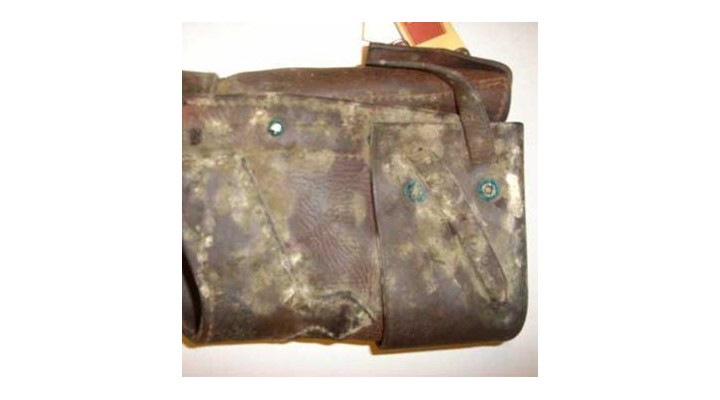

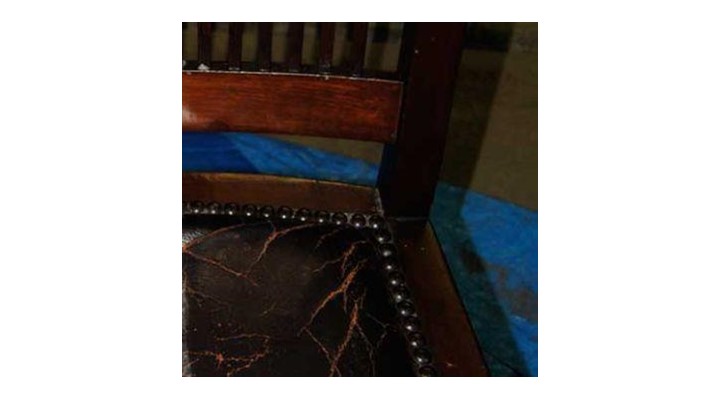
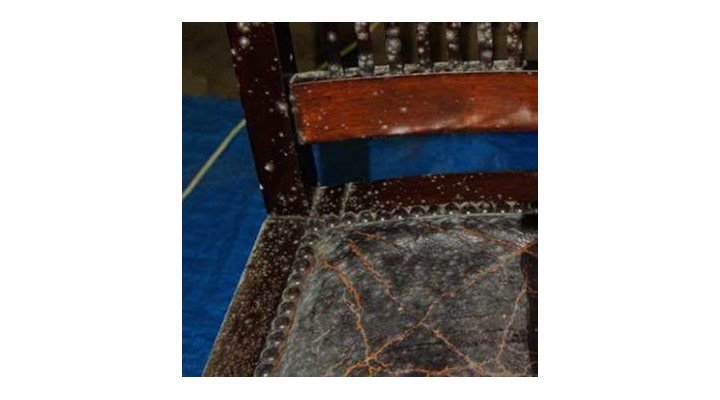
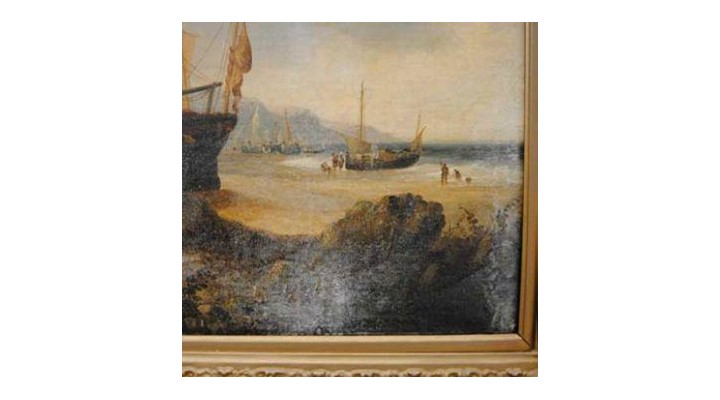



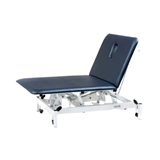














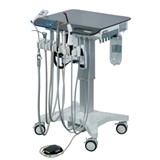

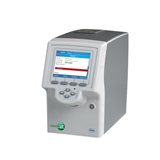



-205x205.jpg)
-205x205.jpg)
-205x205.jpg)
-205x205.jpg)
-205x205.jpg)
-205x205.jpg)